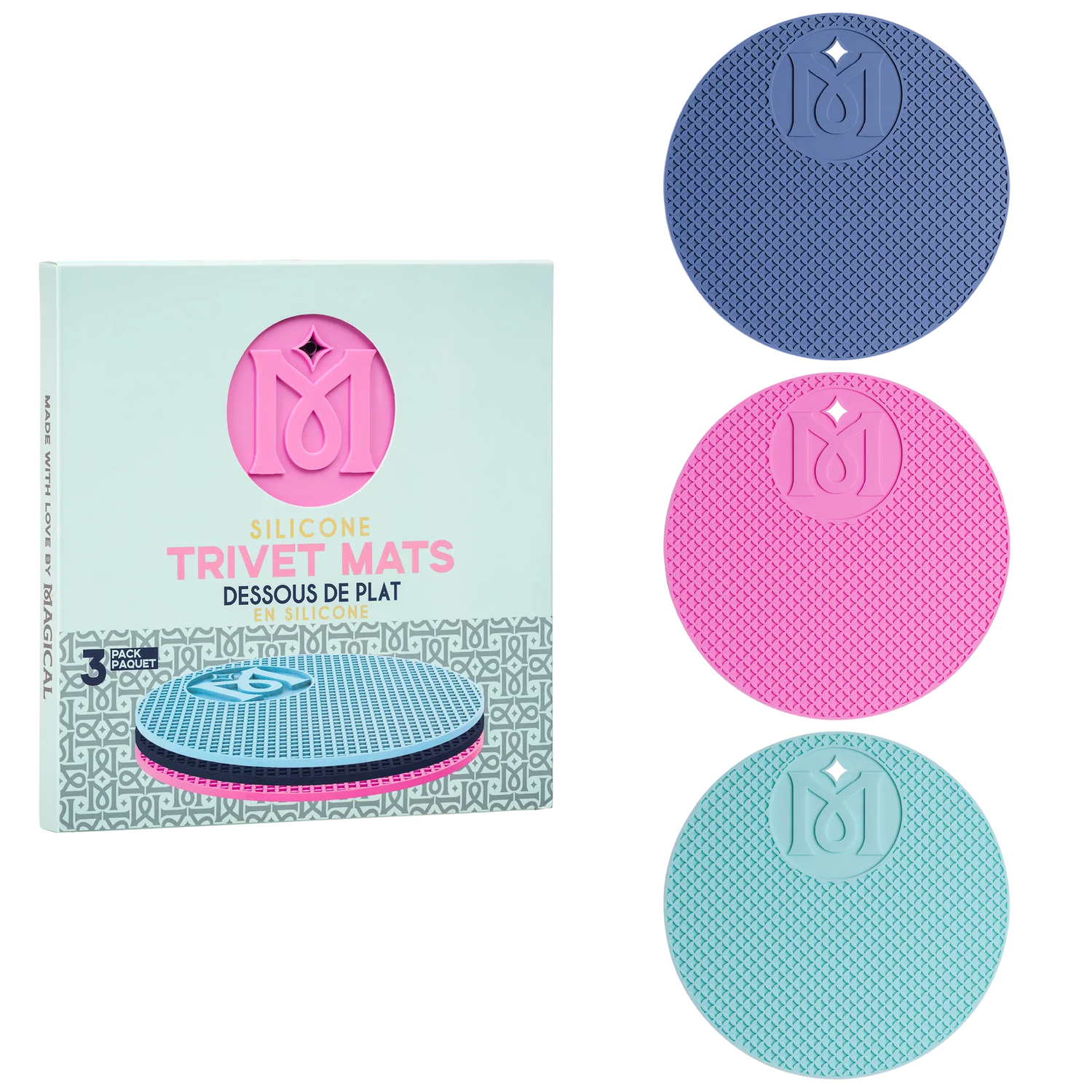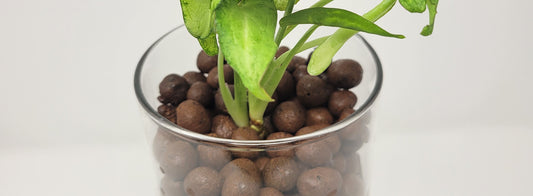Updated 6/24/23
At Taproot Hydroponics our goal is to help bring the joys of hydroponic gardening to as many people as possible. We feel that every single hydroponic plant out there strengthens and enriches our community.
To that end, today we will be focusing on 3 popular single plant hydroponic systems that are cheap, easy to use, and highly productive. These are a favorite with our customers and we are happy to share them with you as well.
Before we get started, here are a few general notes for all of the systems below.
- All systems require the use of food safe black 5 gallon buckets, net pot bucket lids, and media. These buckets will not leach salts from the nutrients and the light proof black color prevents mold and algae growth.
- Use of hydroponic nutrients are required for proper growth and root health
- Optionally, Blue tinted tubing can be added to the side of the bucket for a water level gauge. Blue tubing prevents algae growth while allowing for visual identification of water levels.
- A pH of 5.5 - 6.5 is ideal, but could be more specific depending on individual plant needs.

The Kratky Method
The Kratky method is by far the simplest system available for hydroponic gardening, with no pumps or timers of any kind involved. It's also the cheapest and easiest to set up.

This method is similar to a DWC operation, using the same bucket, lid and media, but different in that there is no aeration of the water. Instead, the bucket is filled with solution, a gap is left between the top of the water and the bottom of the net cup to provide air to the roots.
These features make it perfect to grow lettuce and other leafy greens, but plants of the fruiting and flowering varieties generally suffer under these conditions.

The DWC Bucket
The DWC Bucket has earned an industry wide reputation as one of the highest performing single plant systems out there. It is simple to use and requires just a single air pump to power. Just attach an air stone to your tubing and drop it into the bucket, attach the other end of the tubing to your air pump placed outside the bucket. Next, place your rooted clone or seedling in a net pot bucket lid with some clay media and set aside.

Fill the bucket with water and nutrients up until the point where it reaches the plants roots, but doesn’t fully submerge the plug if possible. Once you’ve got your water level set, you're ready to place the lid on the bucket. Over time you’ll want to lower the water level as the plant's roots grow to keep them about ¾ of the way submerged.

The DIY Drip
The DIY Drip is an inexpensive take on an industry classic. This system uses a low powered air pump to water the plant from the top down using it’s own catch basin as a reservoir. Depending on your plants needs, the DIY Drip System can be run on a timer or left free flowing for heavy feeding plants.

It requires a few more supplies, and a little more setup, to build a DIY air powered water delivery manifold. Here's what you'll need to get started:
- 1 half-pint mason jar with lid (or similar container)
- 1 funnel (mouth of funnel smaller than diameter of jar)
- Air pump and Air stone
- 3/16" ID tubing
- Tubing that snugly fits the funnel outlet (about 3/8")
- Drill
- Drill bits in 1/4" & 1/2"
- Heat gun or lighter
- Hose punch
- Using the 1/2" drill bit, drill a hole in the center of your mason jar lid, on the mouth edge of the funnel, and below the lip of the bucket
- Using the 1/4" drill bit, drill two holes, one on either side of the center lid hole, and one below the lip of the bucket
- Thread the tubing through the holes in the bucket
- Take the 3/16" tubing inside the bucket and thread it through one of the small holes in the mason jar lid (and the ring)
- Attach the air stone to the end of the tubing and set it in the mason jar
- Line up the hole in the mouth of the funnel with the tubing
- Line up the center hole in the lid with the funnel and screw the lid on
- Attach the large tubing to the funnel so that it fits snugly, heating if necessary
- Set the mason jar in the bottom of the bucket
- Take the end of the large tubing that is outside of the bucket and measure out enough that it can wrap around the top of the net cup and cut it
- Using a heat gun or lighter, heat the cut end of the tubing and use pliers to hold it together until it cools
- Punch holes every 1/2" to 1" along the portion of tubing that sits inside the net cup
- Attach the outside end of the 3/16" tubing to the air pump
- Fill bucket halfway with nutrient solution
Now you're ready to add your plant and grow media.
For a pre-packaged single plant DWC hydroponic system that requires minimal assembly, The EZPonix Nano Kits start at $21.99. Or you can check out other complete hydroponic systems here.
Our chat is always open to answer your questions, or you can email us at contact@taphydro.com, or call us at 404-464-8313. In the Atlanta area? Visit us in store for a hydroponic garden consultation.





